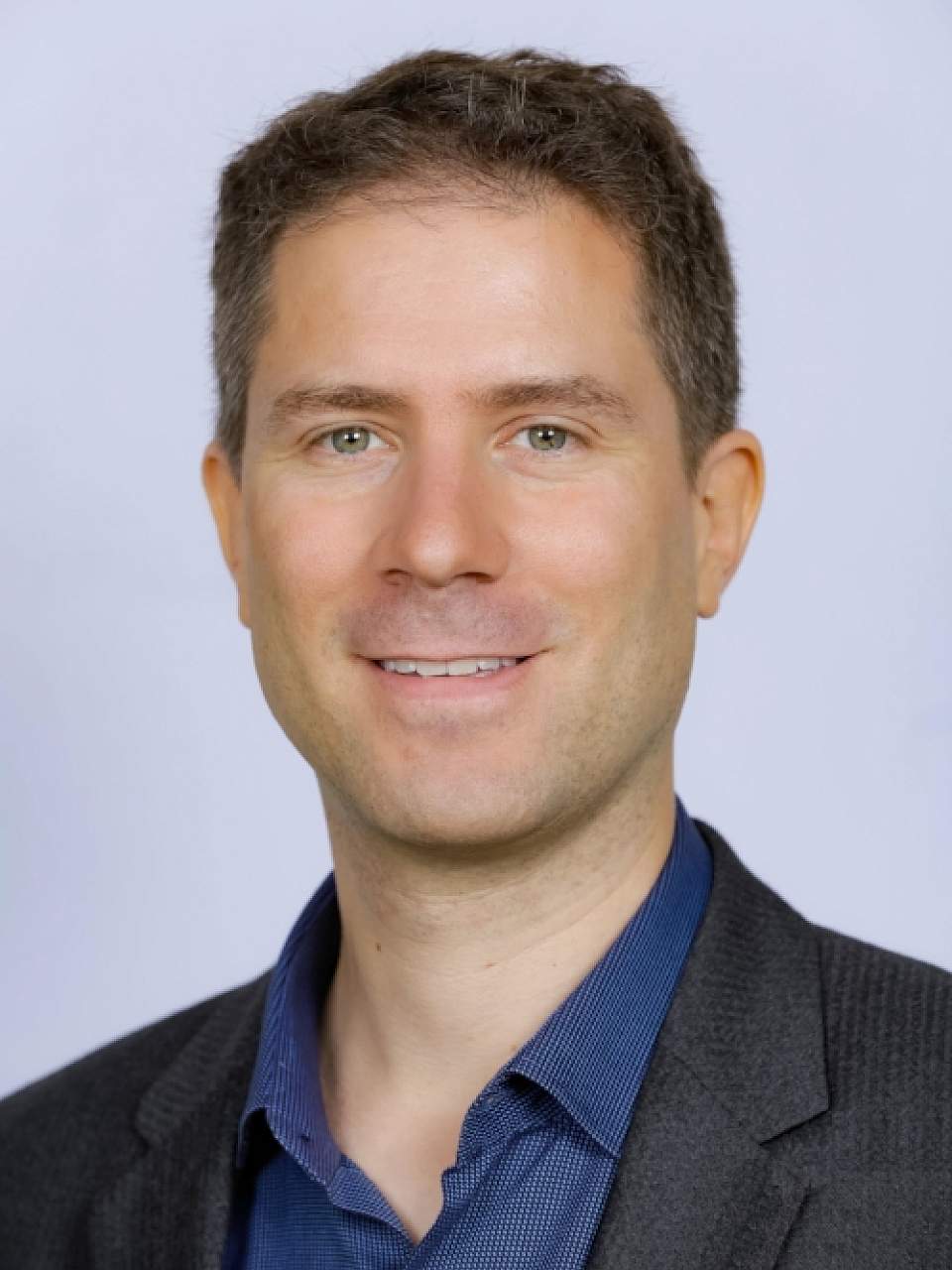
Education History
| Graduate Training |
EPFL |
M Sc, Molecular and Biological Chemistry |
|---|---|---|
| Doctoral Training |
Stanford University |
Ph D, Organic Chemistry - Research group of Prof Eric Kool |
| Postdoctoral Fellowship |
ETH Zurich |
Postdoctoral Fellow- Research group of Prof Dario Neri |
Selected Publications
Journal Article
-
"Mechanisms and Substituent Effects of Metal-Free Bioorthogonal Reactions" T. Deb, J. Tu, R. M. Franzini. Chem. Rev., 2021, in press. [Article]
-
"Integrating DNA-encoded Chemical Libraries with Virtual Combinatorial Library Screening: Optimizing a PARP10 Inhibitor" M. Lemke, H. Ravenscroft, N. J. Rueb, D. Kireev, D. Ferraris, R. M. Franzini. Bioorg. Med. Chem. Letts., 2020, 30, 127464. [Article]
-
"A Stable Precursor for Bioorthogonally Removable 3-Isocyanopropyloxycarbonyl (ICPrc) Protecting Groups" J. Tu, M. Xu, R. M. Franzini. Synlett, 2020, 31, 1701-1704. [Article]

